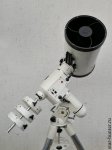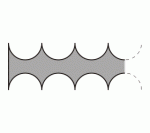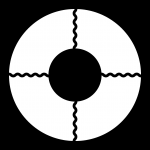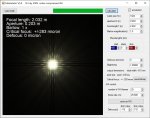Chilescope
Member
Hi, All! There is a well known problem with diffraction spikes rotation on Alt-Az telescopes. The field rotation is compensated by de-rotator but spikes not (we need to rotate whole tube to compensate). The amount of rotation increases with altitude of the object and with exposure time of course. Sigma clipping does not help.
Can somebody recommend the technique to minimize this effect during processing?
Also can I ask to create special script or procedure to deal with that?
On the image attached on the left side you can see this effect

Can somebody recommend the technique to minimize this effect during processing?
Also can I ask to create special script or procedure to deal with that?
On the image attached on the left side you can see this effect




